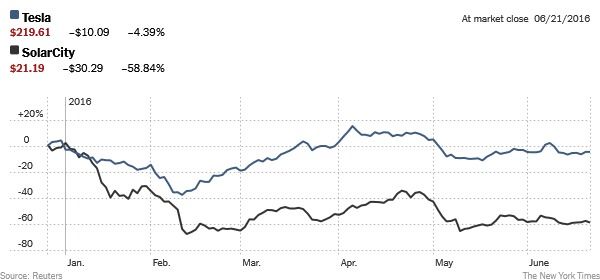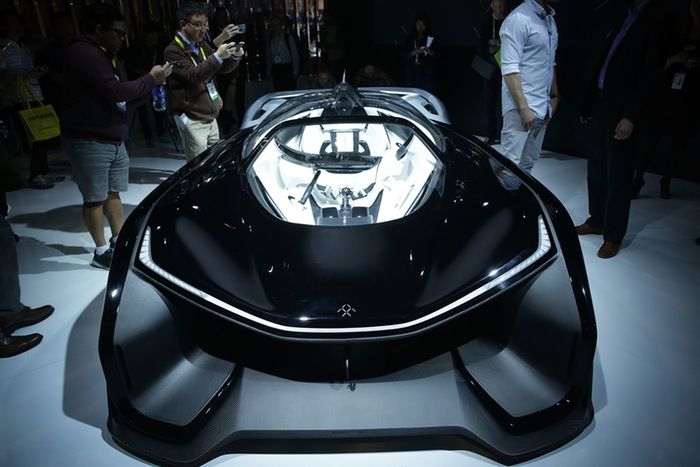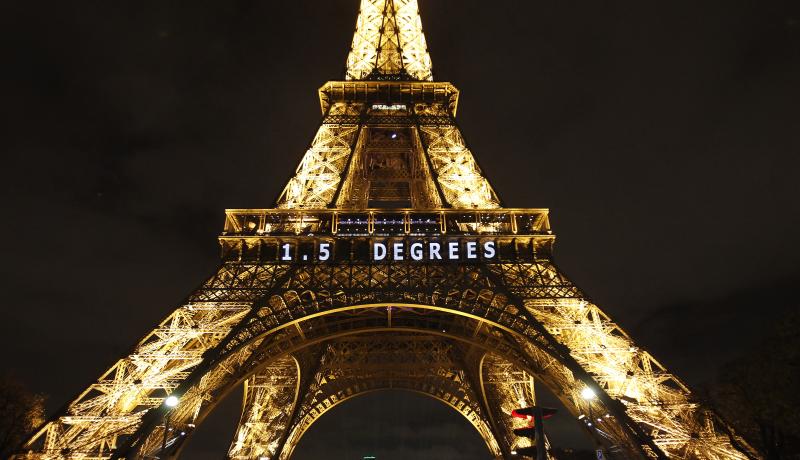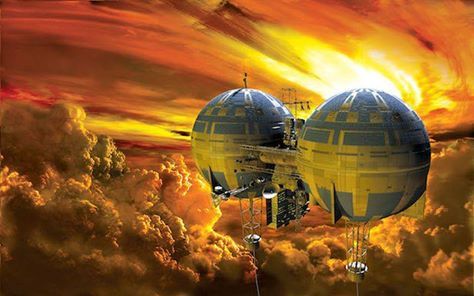Adam Crowl talking about the energy of the Sun and what we can do with it.
No one thinks big better than Adam Crowl, a Centauri Dreams regular and mainstay of the Icarus Interstellar attempt to reconfigure the Project Daedalus starship design of the 1970’s. If you’re looking for ideas for science fiction stories, you’ll find them in the essay below, where Adam considers the uses to which we might put the abundant energies of the Sun. Starships are a given, but what about terraforming not just one but many Solar System objects? Can we imagine a distant future when our own Moon is awash with seas, and snow is falling on a Venus in the process of transformation? To keep up with Adam, be sure to check his Crowlspace site regularly. It’s where I found an earlier version of this now updated and revised essay.
By Adam Crowl






